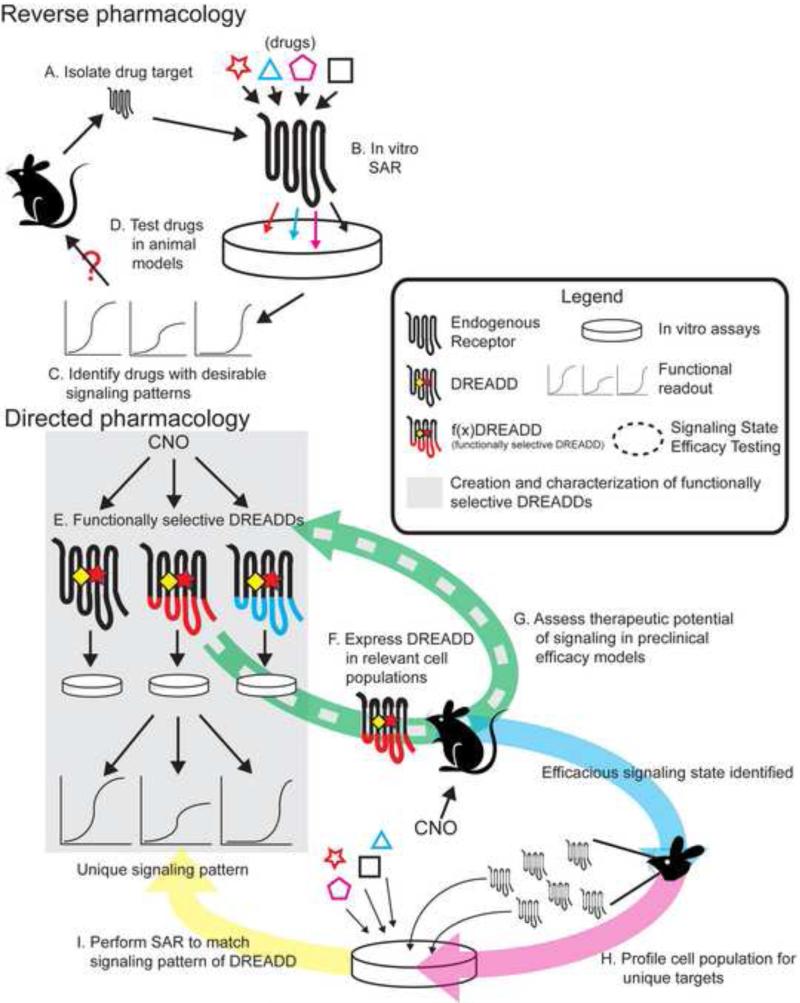Figure 2. An application of pharmacosynthetics in drug discovery.
(A-D) Conventional drug discovery efforts – reverse pharmacology. In this approach, a drug target is selected (usually based on previous success at that particular target) and isolated from the organism. A particular type of signaling is hypothesized to be efficacious, and chemicals are created that cause the receptor to produce that signaling state in cultured cells. The drug is then reintroduced to the model organism and tested for therapeutic efficacy. (E-I) A theoretical workflow of drug discovery efforts using pharmacosynthetics, here termed direct pharmacology. In this approach, functionally selective DREADDs ( f(x)DREADD, where x=signaling type) are created by modifying DREADDs to modulate distinct signaling phenomena in cultured cells while maintaining their DREADD properties. These f(x)DREADDs are then expressed in therapeutically relevant neuronal populations. These mice are then tested in animal models of therapeutic efficacy. If a particular f(x)DREADD in a particular neuronal population is efficacious, then that cell population is profiled to find druggable targets. These druggable targets are then isolated (expressed in cultured cells) and chemicals are created that modulate these targets to reproduce the signaling state created by the f(x)DREADD. Chemicals that successfully recapitulate the f(x)DREADD-induced signaling are then tested in animal models of efficacy.

